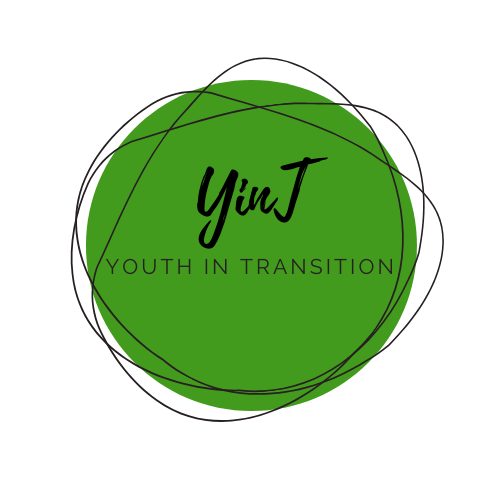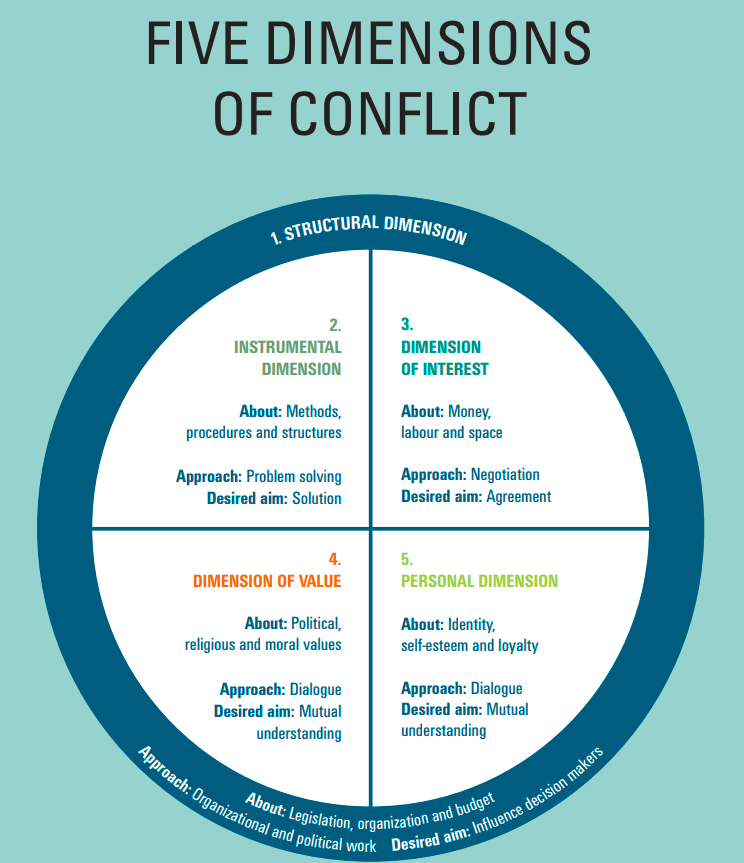Theme B: Social Skills
Activity Theme 2.1 Make a Poem or a Rap |
|
|
WHY, AIMS & OBJECTIVES |
To practise expressing themselves through other means. Communication skills: making a poetry slam or rap in front of other people. |
|
WHAT: -Are there online activities? -Are there offline activities?
HOW: Are the participants expected to interact?
Does the facilitator interact?
Are online activities used? |
Make a Rap or a poem (synchronised) The facilitator introduces Baba Brinkman rap-lyrics to “Laudato SI'' and “IPCC” (see link below). The participants are asked to reflect their feelings when they hear the music and see the videos. The facilitator tries to rap one verse of Baba Brinkman as an icebreaker. In subgroups the participants find a verse in one of the two raps they want to do and record themselves rapping the verse. (Asynchronized ) Now the participants can choose to write a poem or a rap over the next two-three days and share it with the other participants before XX-date. The facilitator makes sure that everyone feels comfortable sharing - if not it can be shared only with the facilitator. The facilitator wraps up the workshop with an online poetry-slam / rap-concert with all the contributions from the participants. |
|
DIMENSION |
Social Skills |
|
TARGET GROUP |
13 - 35 years old. |
Activity Theme 2.2 Draw a Conflict |
|
|
Why |
Conflict is a fact of life: “As long as there is human society there will always be conflict”(Dalai Lama). Conflicts can be destructive or show us new and unexpected opportunities - it depends on how it is handled. |
|
Aims & Objectives |
|
|
What
|
Introduction to conflict (asynchron) The facilitator presents the steps in conflict escalation - preferable with 1-3 examples:
Find more information here: (https://konfliktloesning.dk/wp-content/uploads/2017/04/Conflict-resolution.-Brief-introduction.pdf) The participants are asked to think of a conflict they themselves have been a part in. If it is difficult to think of a conflict then a dilemma is just as useful for the exercise. Emphasise not to use a conflict with strong emotions attached in the exercise. It is just fine with a “light” conflict and they will be asked to share later on. Ask the participant to go back to the beginning of the conflict: ● What happened first? ● How did the conflict/dilemma evolve? ● What was your role in the conflict/dilemma? ● Where is the conflict/dilemma now? ● Place yourselves and the other part on the conflict escalation model. Draw a Conflict Now the facilitator asks the participants to make themselves comfortable: “Put on their favourite music, make a nice cup of tea or what drink you prefer, and draw the conflict. It can be abstract or concrete - that is up to you. Put colours on the drawing and make it nice.” The participants take a photo of the drawing and share it with the group. The facilitator makes sure that all participants are feeling ok and able to do the exercise. Facilitator: “Now imagine a good solution to the conflict. How does the solution look? Take a new sheet of paper and draw the solution”. The participants exchange drawings online without telling about the conflict before XX-date and time. Now they are asked to draw “a solution” for the other participants - without any information about it in order to keep the content of the conflict private. They share the solution-drawing. The facilitator places the drawings in an online gallery and asks the participants to give their drawing a title. Discussion - threaded dialogue Facilitator: Before XX-date and time please view all the drawings in the gallery and comment in the threaded dialogue”; ● How was it to do this exercise? ● Did you learn something new? ● How was the solution-drawing from the other participant? The facilitator wraps up the threaded dialogue. |
|
Dimension / SDG relation |
Social Skills |
|
Materials / Preparation |
Read about conflict escalation. Prepare an online gallery and a threaded dialogue. Ask the participants to prepare paper and colours for drawing. |
|
Time |
One week (asynchron) |
|
Target Group |
5 - 99 years |
|
No of Participants |
15 - 20 |
Activity Theme 2.3 Dimensions in Conflict |
|
|
Why |
There are many conflicts in the world related to environmental problems due to climate change, industrial farming or lack of resources. An analysis of the dimensions of a conflict can chow where to begin or focus energy in dealing with the conflict. This model can be used in both international- as well as interpersonal conflicts. |
|
Aims & Objectives |
|
|
What
|
Introduction to Dimensions in Conflict (synchron) The facilitator introduces the dimensions in conflict and asks the participants to analyse a conflict that they are/was a part of by using the five dimensions. (https://konfliktloesning.dk/wp-content/uploads/2017/04/ConflictResolution.pdf) In groups of 3-4 persons (break-out-rooms) they go through the dimensions and find “the centre of gravity” of each participant's conflict: ● “Which dimension is the most important in this conflict? Why? ● Are the other dimensions relevant? ● Is it the same for both parts of the conflict? ● How should each conflict be dealt with?” The facilitator wraps up in the big group: “How was this exercise? Did you find the centre of gravity? Did you learn something new?” Environmental Conflict Analysis Now ask the groups to analyse an environmental conflict with the five dimensions. Give the groups time to choose a conflict. It can be found online or come from the participants' own experience. The groups present for the others online. Discussion The facilitator: “What are the consequences of the environmental conflicts for the world? What can we do? Our politicians/ MP’s?” |
|
Dimension / SDG relation |
Internal and external aspects of sustainability |
|
Materials / Preparation |
Read about the five dimensions of conflict. Break-out-rooms or similar. Find some examples of environmental conflicts. Prepare an example-analysis of an interpersonal and an international conflict. |
|
Time |
6 hours |
|
Target Group |
15 - 99 years |
|
No of Participants |
20 - 25 |




0 comments
Leave a comment
Please log in or register to post a comment